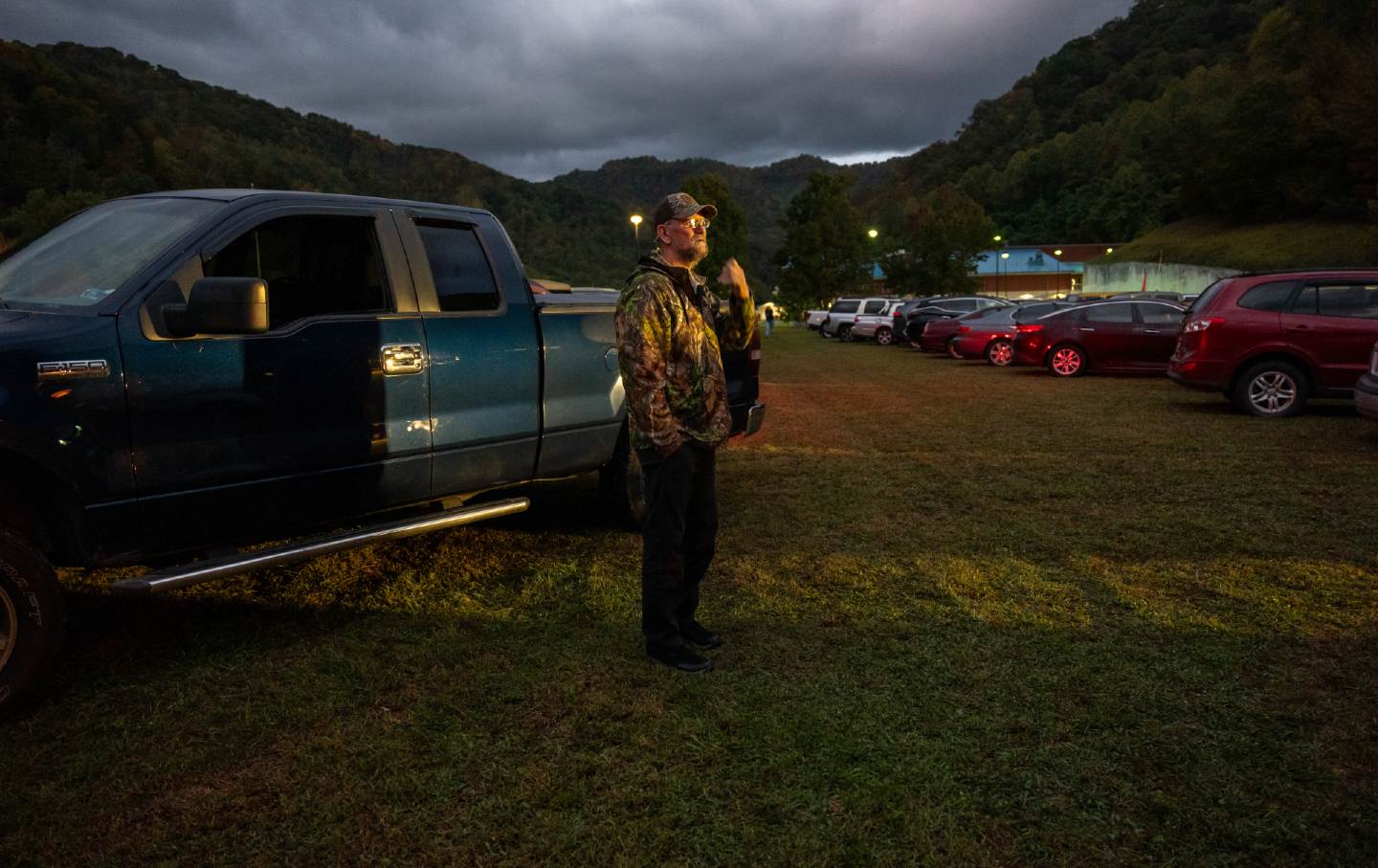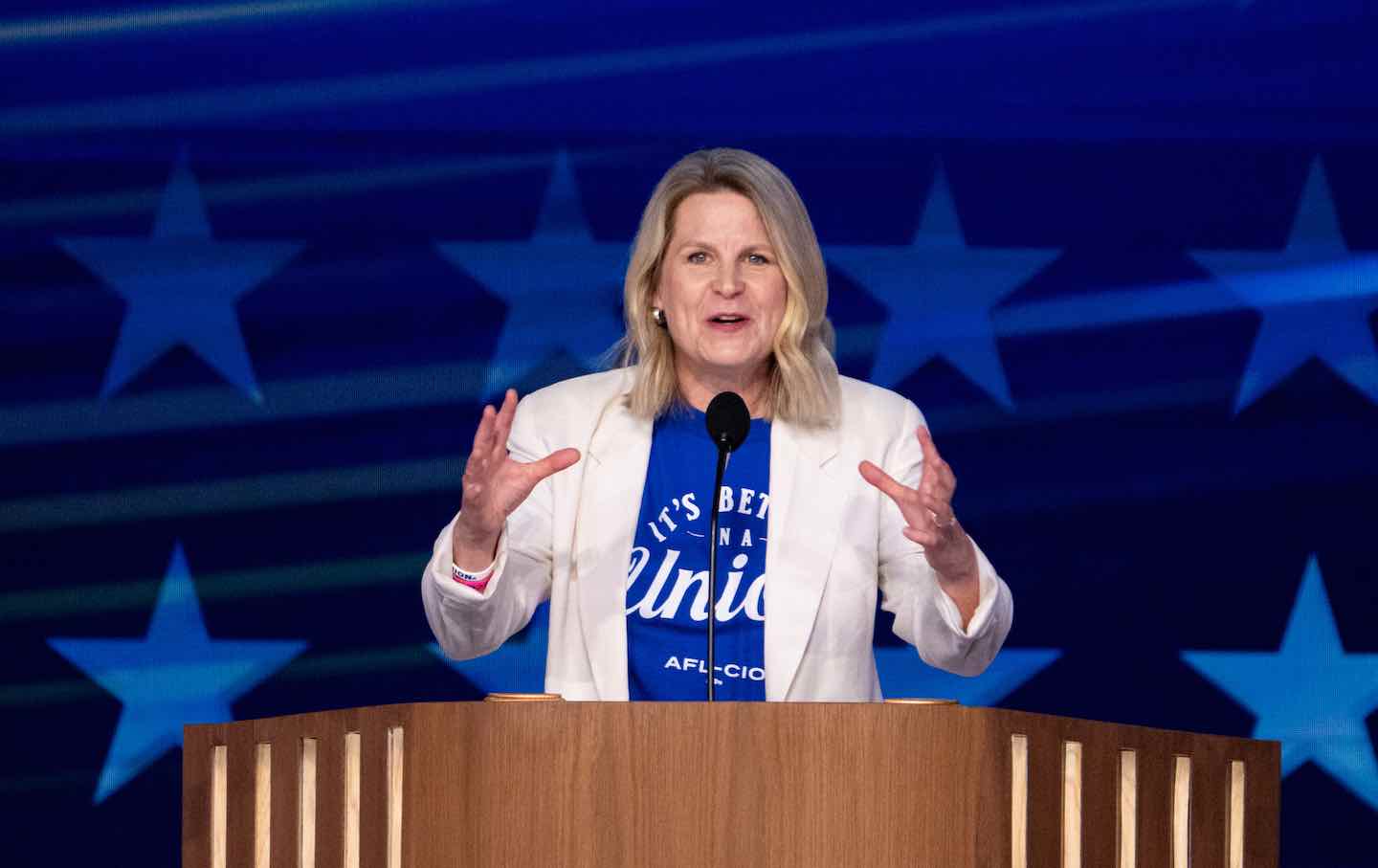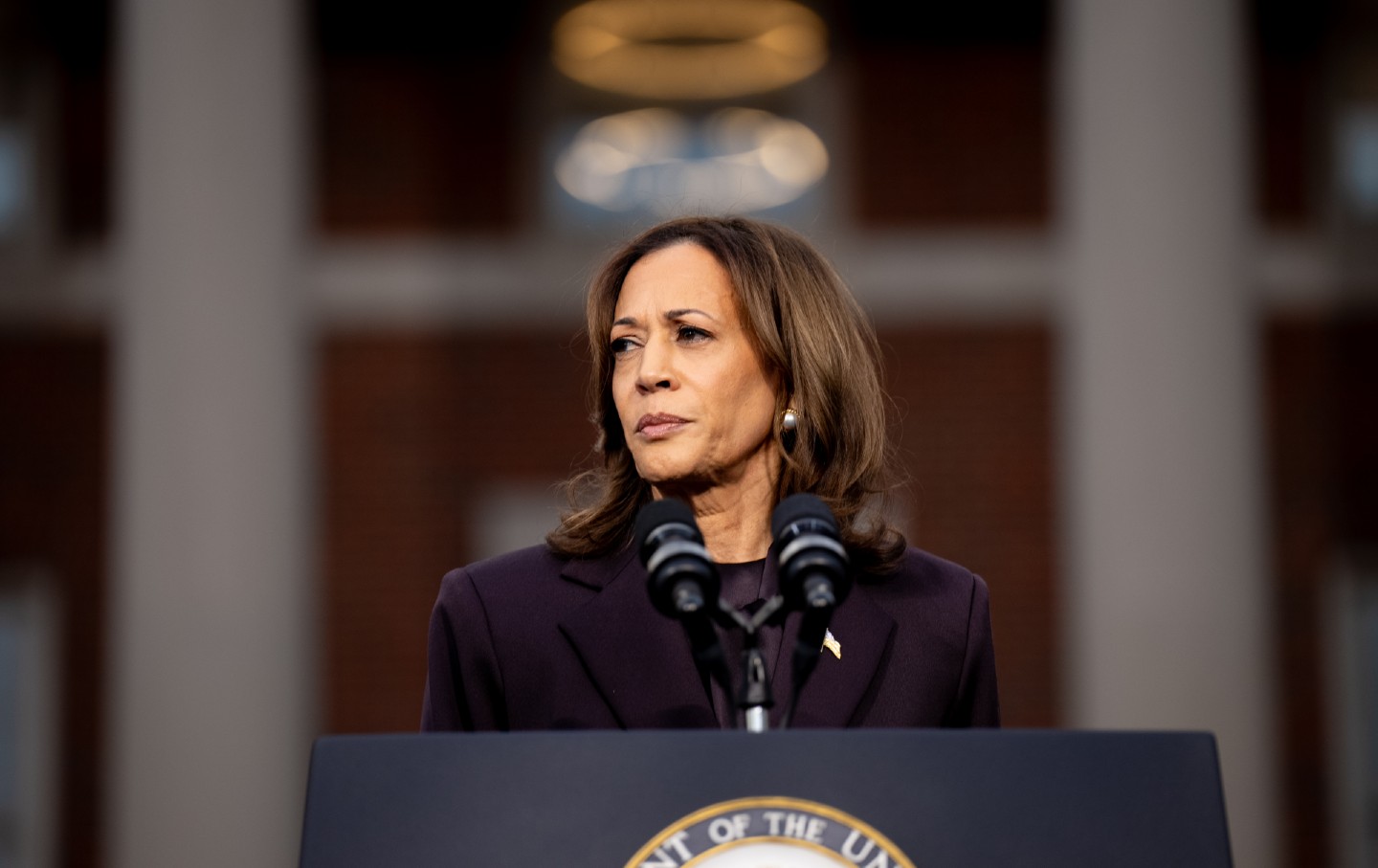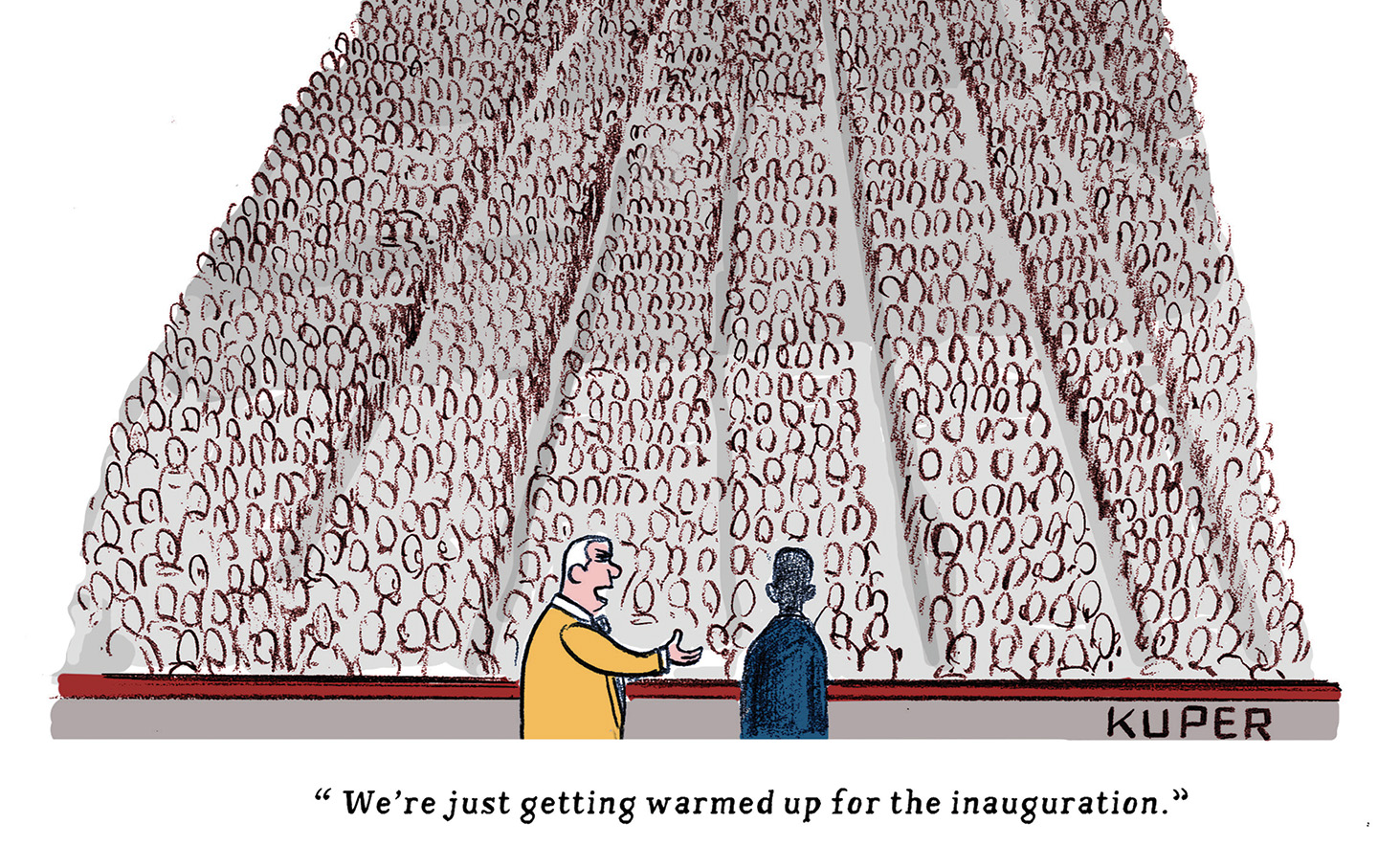

After three decades of increasingly steep losses in rural America, Democrats are finally beginning to grapple with an inconvenient truth: An enduring Democratic majority requires winning back some portion of persuadable rural working-class voters.
Both Republicans’ and Democrats’ neoliberal economic policies have been harmful—in some instances ruinous—to rural communities. The GOP, on the whole, has caused more economic pain—but it has also been the party that has acknowledged rural struggles and put the people who’ve been harmed at the center of their rhetoric. None more so than Donald Trump, who said, in 2016, “Every time you see a closed factory or a wiped out community in Ohio, it was essentially caused by the Clintons.”
Too many Democrats, meanwhile, have sounded either dismissive of or exasperated by rural people. In 2016, Chuck Schumer’s catastrophically cavalier strategy willfully sacrificed blue-collar rural voters in exchange (or so he’d hoped) for high-income suburbanites. As far as the Democratic establishment was concerned, non-college-educated rural voters should quit complaining and simply get a degree—ideally in coding—and join the knowledge economy. Such contempt for a large swath of America has resulted in the ongoing erosion of Democratic support among working-class white and non-white voters.
Joe Biden, more than any president in decades, has prioritized rural people with a remarkable set of pro-worker policies and major investments in rural economies and infrastructure. We believe that this record offers a foundation for Democrats at all levels to begin to win back working-class rural voters—while holding on to the party’s multiracial urban and suburban base.
In 2022, the Rural Urban Bridge Initiative (which we cofounded) interviewed 50 Democratic candidates, from 25 states, who ran in rural districts between 2016 and 2020. Though they didn’t all win office, they all significantly overperformed the partisan lean of their district or state.
Our questions to them boiled down to, “What was your secret sauce?” From their answers, we identified several key ingredients: First and foremost, successful candidates were highly attuned to the concerns of their would-be constituents. Instead of running on a cookie-cutter national Democratic platform, they focused on the things voters in their district cared about most—kitchen-table matters like jobs and the economy, alongside ultra-local problems such as lousy roads, underfunded hospitals, and spotty Internet access.

Overperforming candidates also eschewed Beltway political consultants in favor of campaign staffers rooted in the community. This made for authentic campaigns with local flavor. Former Maine state senator Chloe Maxmin, for example, deployed homemade yard signs that were a folksy departure from the typically soulless campaign placards that litter the landscape.
Rural overperformers did something else that’s unpopular within the progressive left but widely appreciated by rural swing voters: They didn’t demonize Trump, no matter how richly he deserved it. And they didn’t try to scare or pressure persuadable voters into seeing the GOP or MAGA as an existential threat to democracy. Such rhetoric is music to the base’s ears but falls flat with key constituencies, most worryingly youth and Latinos.
Guillermo Lopez, a board member of the Hispanic Center Lehigh Valley in Bethlehem, Pennsylvania, had this to say about Democrats’ hyping the MAGA threat to democracy: “I actually think that harms the vote.… [The average person who] just puts their nose to the grindstone and goes to work, I don’t think that motivates them. I think it scares them and freezes them.”
We’re with Lopez. Time spent enumerating and labeling Trump’s voluminous misconduct is time that could have been spent connecting with voters on what they care about most. We reserve judgment as to whether sounding the alarm about MAGA fascism appeals to disaffected or undecided urban and suburban voters, but we’re reasonably confident that this message does little to help rural candidates.
The superiority of depolarizing rhetoric is corroborated by a wide body of academic and poll-tested research documented in our full report. At the end of the day, the rural Democrats able to chip away at Republican strongholds were the ones who knew how to meet voters where they already were—not where they wished they were at. This sounds like Politics 101, but it’s a principle all too often cast aside by candidates and campaign consultants who spend too much time tuned in to MSNBC pundits and not enough listening to their own voters.
Democrats running in this cycle should study the 2022 campaigns of Representatives Mary Peltola, who won in solidly red Alaska, and Marie Glusenkamp Perez, who won Washington State’s Third Congressional District, which had been in Republican hands for six terms. Peltola ran on “Fish, Family, Freedom” and in her current reelection campaign calls on Alaskans to say “to hell with politics” and “work together to protect our Alaska way of life.”
Glusenkamp Perez won her 2022 race in large part because of her credibility as co-owner of an auto repair shop and her laser-sharp focus on issues her constituents prioritized, like the “right to repair” farming and other equipment. While some on the left are angry that she doesn’t toe the Democratic party line on every issue, her record shows her to be the kind of left-leaning populist who can win in rural districts. The Democratic Party would be wise to embrace socially moderate, economically and stylistically populist candidates like Glusenkamp Perez and Peltola as part of its coalition.
In the spirit of cross-racial populist solidarity, top-performing rural candidates put work and workers at the center of their policy and rhetoric, proposing a “hand up” rather than a “handout.” For the great majority of rural people, self-reliance—the wherewithal to solve our own problems and meet our own needs—is central to our identity. We don’t know a single farmer, conservative or liberal, who doesn’t feel this way. As Colby College rural political scholars Nick Jacobs and Dan Shea put it, “What rural residents want to hear is this: ‘Make it possible for us to improve our communities ourselves.’”
Rural residents might be disproportionately dependent on some form of government transfer payment, but they don’t like it. Farah Stockman, author of American Made: What Happens to People When Work Disappears, wrote, “Too often, those who champion the working class speak only of social safety nets, not the jobs that anchor a working person’s identity.” The key is in the delivery, ensuring that local communities can adapt and drive these investments rather than trying to implement ill-suited, top-down mandates.
Popular
“swipe left below to view more authors”Swipe →The Biden administration’s aggressive anti-trust actions combined with rule changes favoring workers and organized labor are critical steps in giving non-college-educated working people agency. Its investments in rural infrastructure and manufacturing are essential as well.
Likewise, the Biden campaign’s decision to hire a rural coordinator bodes well. But that coordinator’s efficacy will be orders of magnitude greater if they hire a small army of locally rooted staff who know how to make a national campaign relevant and resonant for rural voters.
While Democrats will not “win” rural America in 2024, they can and must run up the margins with rural voters—a third of whom are considered persuadable—if they are to keep the presidency and control Congress and statehouses. Because it turns out the secret sauce isn’t that complicated: Find out what’s most important to persuadable rural people, and focus on that. That’s the only recipe worth cooking.
More from The Nation

Donald Trump Is the Authentic American Berserk Donald Trump Is the Authentic American Berserk
Far from being an alien interloper, the incoming president draws from homegrown authoritarianism.

If Democrats Want to Reconnect With the Working Class, They Need to Start Listening to Unions If Democrats Want to Reconnect With the Working Class, They Need to Start Listening to Unions
The Democrats blew it with non-union workers in the 2024 election. Unions have a plan to get the party on message.

What Was the Biggest Factor in Kamala Harris’s Defeat? What Was the Biggest Factor in Kamala Harris’s Defeat?
As progressives continue to debate the reasons for Harris's loss—it was the economy! it was the bigotry!—Isabella Weber and Elie Mystal duke out their opposing positions.





